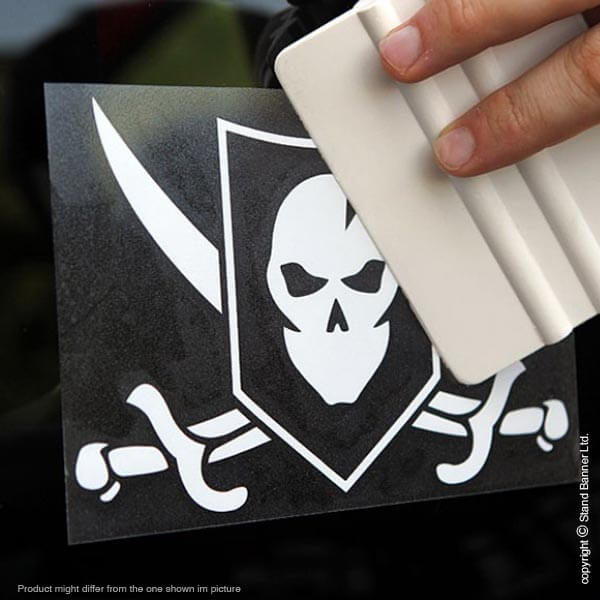
Cutting this material slowly will avoid cracking it.Ħ) Fasten the first section of vinyl soffit to the framing with roofing nails. 8ĥ) Cut the first soffit section (and all vinyl) with a miter saw.

Trim the last piece on a miter saw or with snips.

Continue this procedure until the soffit is complete. Hook the buttlock (the edge of the piece of vinyl siding or soffit opposite the edge with the nail slots) of the second section into the flange of the first piece. Don’t worry much about supporting this end-the fascia will hold it up. Tack the other side of the first piece of soffit with a nail through one of the vent holes. Vinyl has to be allowed to move with changes in temperature (see “Temperature Tactics” below). 6 Don’t set the nails tight here, or in any piece of vinyl. or longer roofing nails through the centers of the slots in the panel. Nail the first soffit section to the subfascia and the nailer using 1 1⁄4-in. beyond the corner on each side.Ģ) Establish the end points of the soffit nailer by leveling over to the wall from the subfascia.ģ) Snap a line between the end points to locate the bottom of the soffit nailer.Ĥ) Fasten the nailer to the wall, aligning its bottom with the chalkline.

I’ll do that in the cold, but I rarely bother in the summer, instead cutting more slowly.ġ) Cover corners behind vinyl siding with aluminum flashing, extending the flashing at least 1 ft. 5 The Vinyl Siding Institute says to cut vinyl with a plywood blade installed backward in the saw to avoid cracking the material. or so shorter than the distance between the wall and the subfascia. 4 Cut the vinyl soffit panels on a miter saw 1⁄4 in. 3 Fasten the nailer on and just above this line with 10d commons or longer. Level over from the subfascia at each end of the wall to find the elevation. 1 Then fasten a 2× nailer for the soffit panels to the wall. I think adhesive membrane works just as well or better but hesitate to ignore such specific instruction. beyond with rigid flashing such as aluminum. The Vinyl Siding Institute’s ( installation manual recommends covering the corners and 1 ft.

Like all siding, tar paper or housewrap and flashings are critical to keeping water out. The primary reason for using vinyl siding is to create a low-maintenance exterior the same goes for the vinyl soffit.


 0 kommentar(er)
0 kommentar(er)
